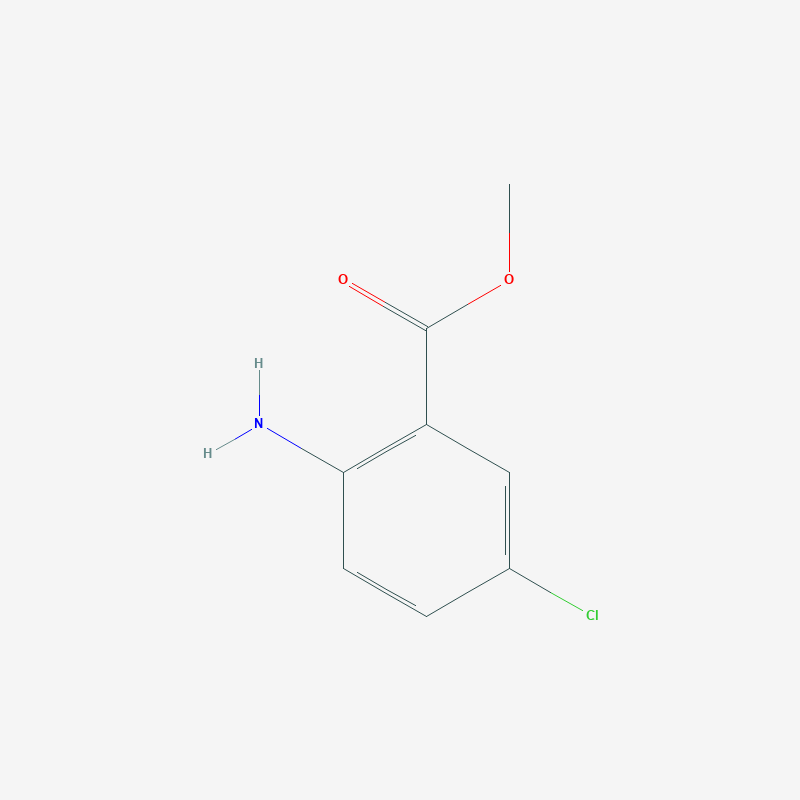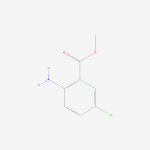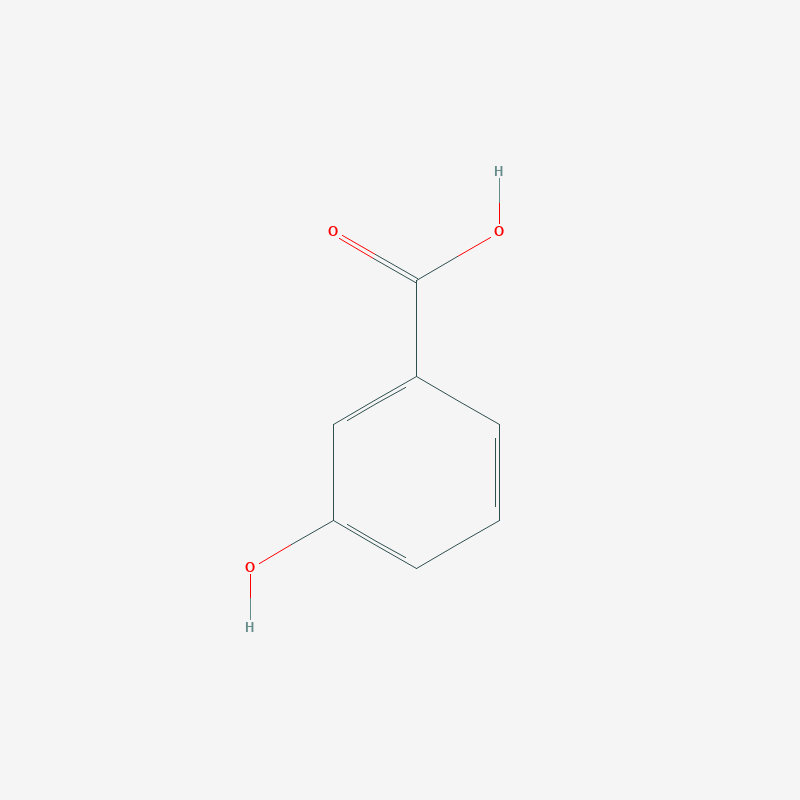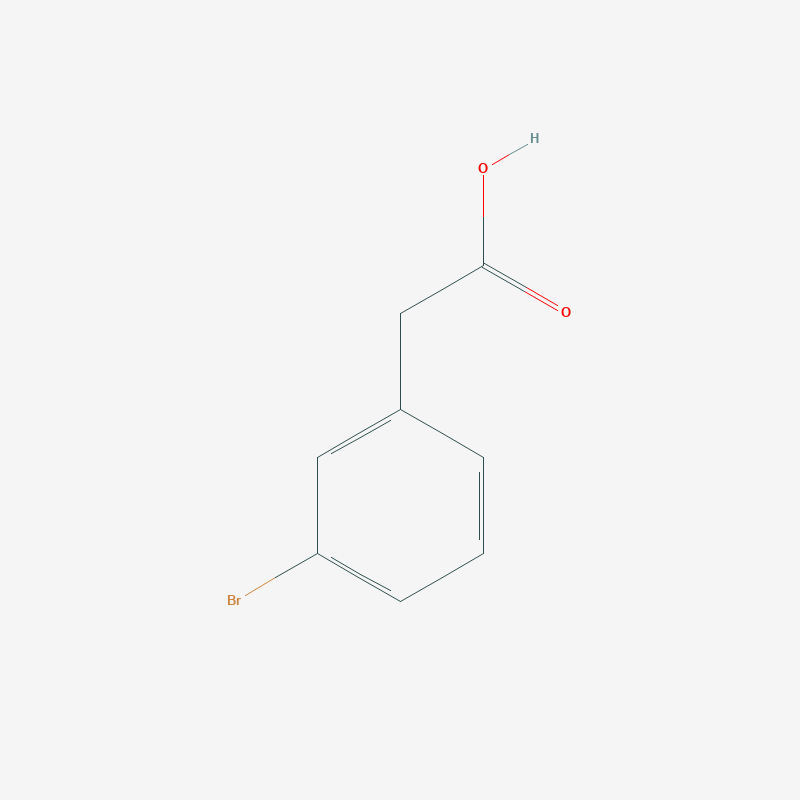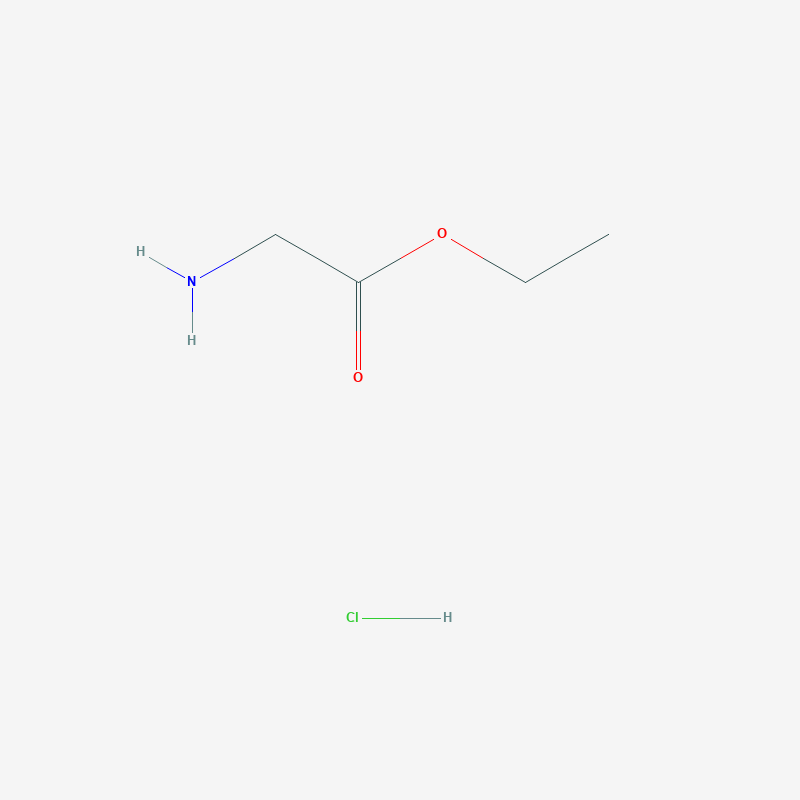| Purity / Analysis Method | >98.0%(GC)(T) |
| Molecular Formula / Molecular Weight | C8H8ClNO2 = 185.61 |
| Physical State (20 deg.C) | Solid |
| CAS RN | 5202-89-1 |
| PubChem Substance ID | 87577969 |
| MDL Number | MFCD00007837 |
Methyl 2-amino-5-chlorobenzoate
Purity : >98.0%(GC)(T)
CAS No.: 5202-89-1
EC No.: 225-992-4
EC Name: methyl 2-amino-5-chlorobenzoate
ECHA Name: Methyl 5-chloroanthranilate
Synonyms:
Methyl 2-amino-5-chlorobenzoate
5202-89-1
Methyl 5-chloroanthranilate
2-Amino-5-chlorobenzoic Acid Methyl Ester
Benzoic acid, 2-amino-5-chloro-, methyl ester
Enquire For Best Price
For all our chemicals TDS, MSDS and CoA are available upon request
Specification & Properties
Specifications:
| Appearance | White to Orange to Green powder to crystal |
| Purity(GC) | min. 98.0 % |
| Purity(Nonaqueous Titration) | min. 98.0 % |
| Melting point | 68.0 to 72.0 deg.C |
Properties:
| Melting Point | 70 deg.C |
| Boiling Point | 170 deg.C/22 mmHg |
| Solubility (soluble in) | Methanol |
Safety & Regulations
Safety Information:
| Chemical Safety |
| Signal Word | Warning |
| Hazard Statements | H315 : Causes skin irritation. H319 : Causes serious eye irritation. |
| Precautionary Statements | P264 : Wash skin thoroughly after handling. P280 : Wear protective gloves/ eye protection/ face protection. P302 + P352 : IF ON SKIN: Wash with plenty of water. P337 + P313 : If eye irritation persists: Get medical advice/ attention. P305 + P351 + P338 : IF IN EYES: Rinse cautiously with water for several minutes. Remove contact lenses, if present and easy to do. Continue rinsing. P362 + P364 : Take off contaminated clothing and wash it before reuse. P332 + P313 : If skin irritation occurs: Get medical advice/ attention. |
Related Laws:
Transport Information:
Hazard Classification:
Warning!
According to the classification provided by companies to ECHA in CLP notifications this substance
causes serious eye irritation,
causes skin irritation and
may cause respiratory irritation.
